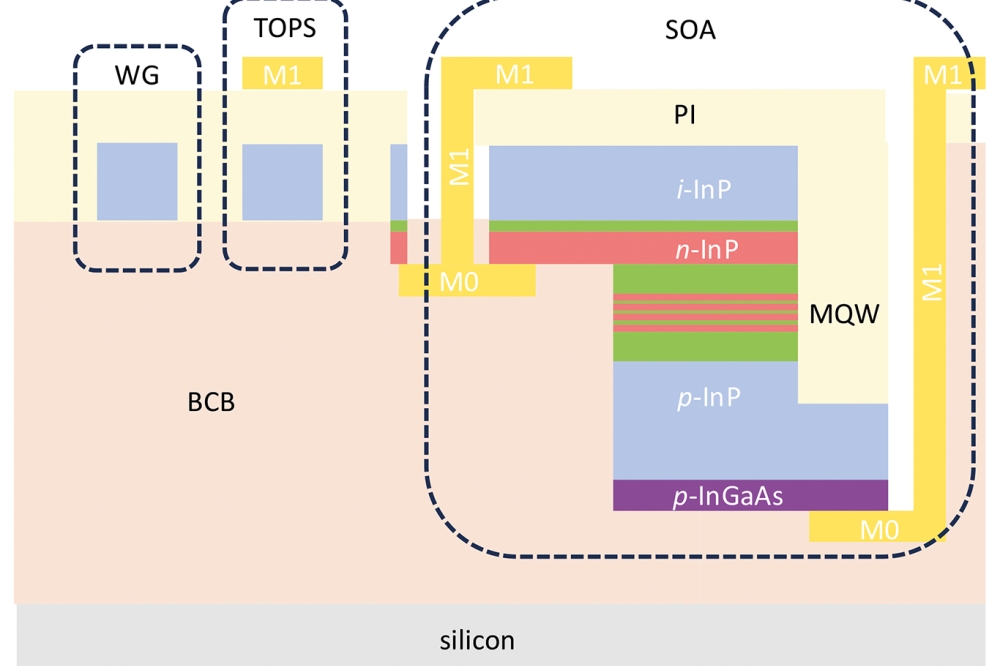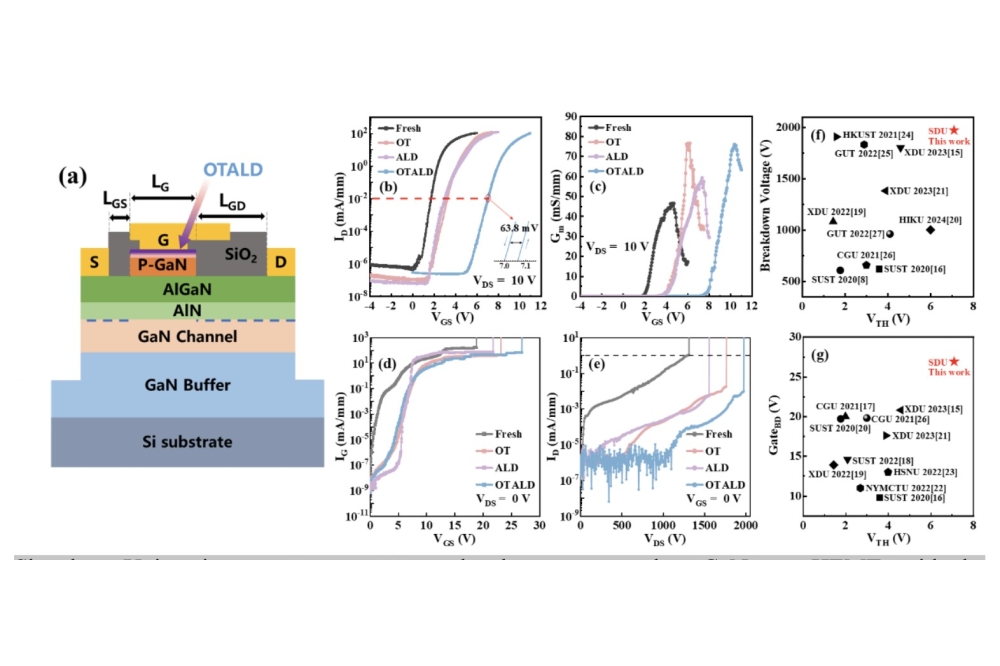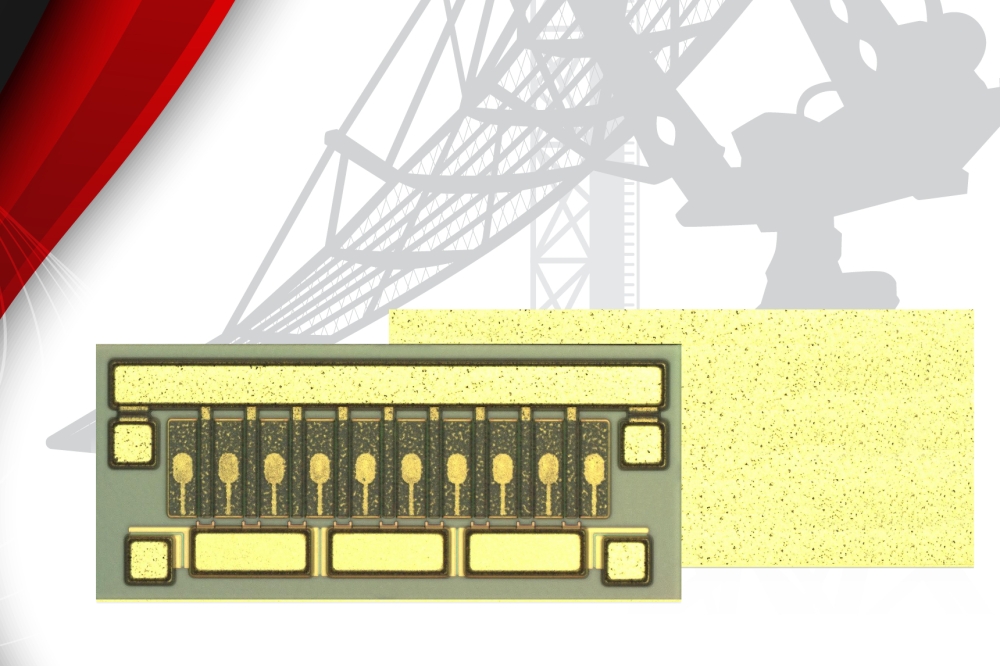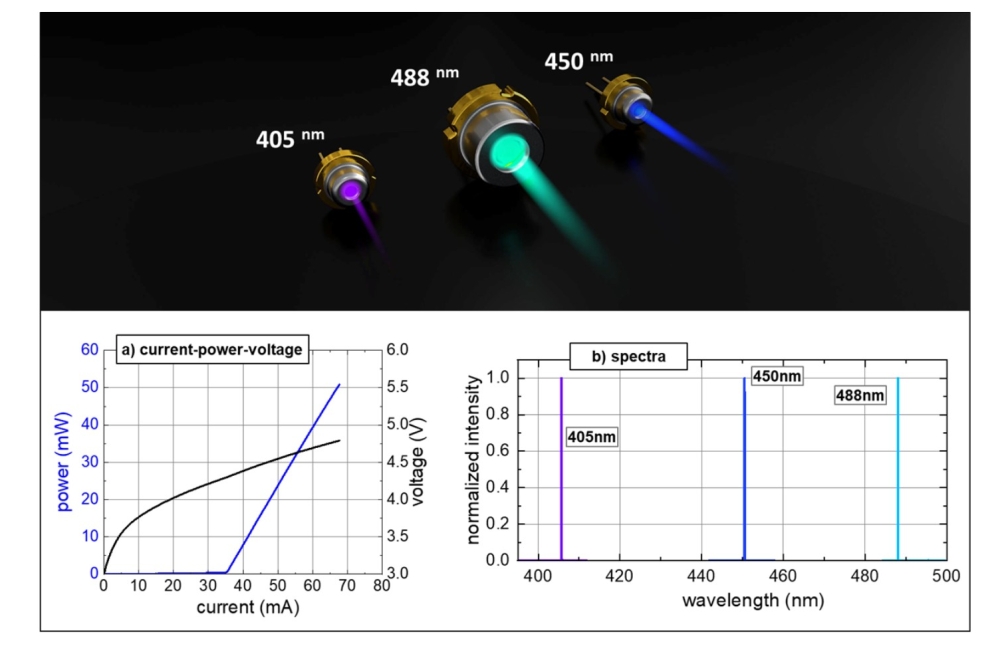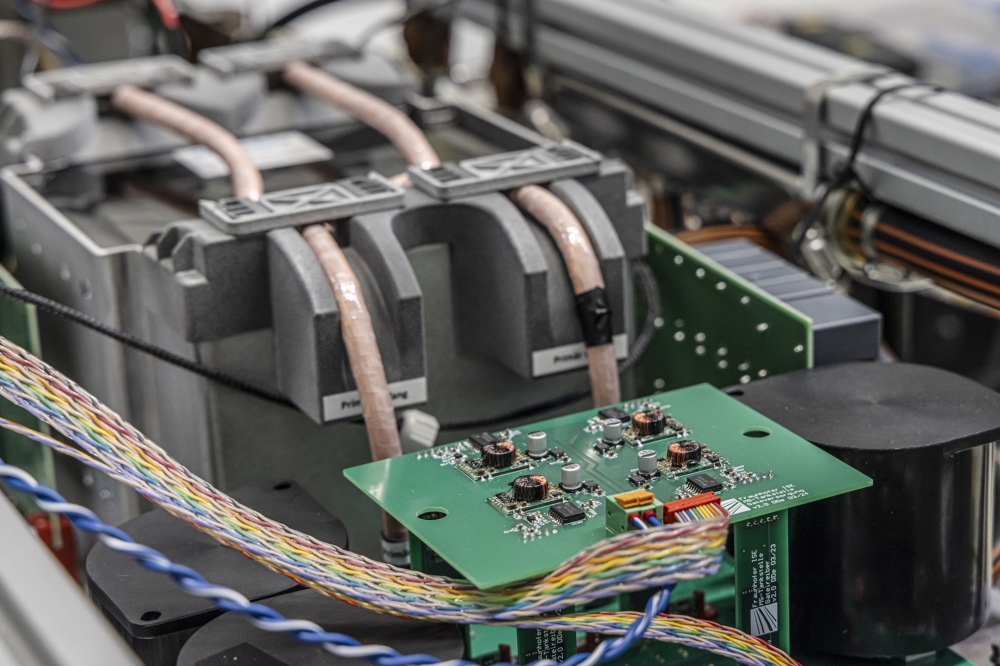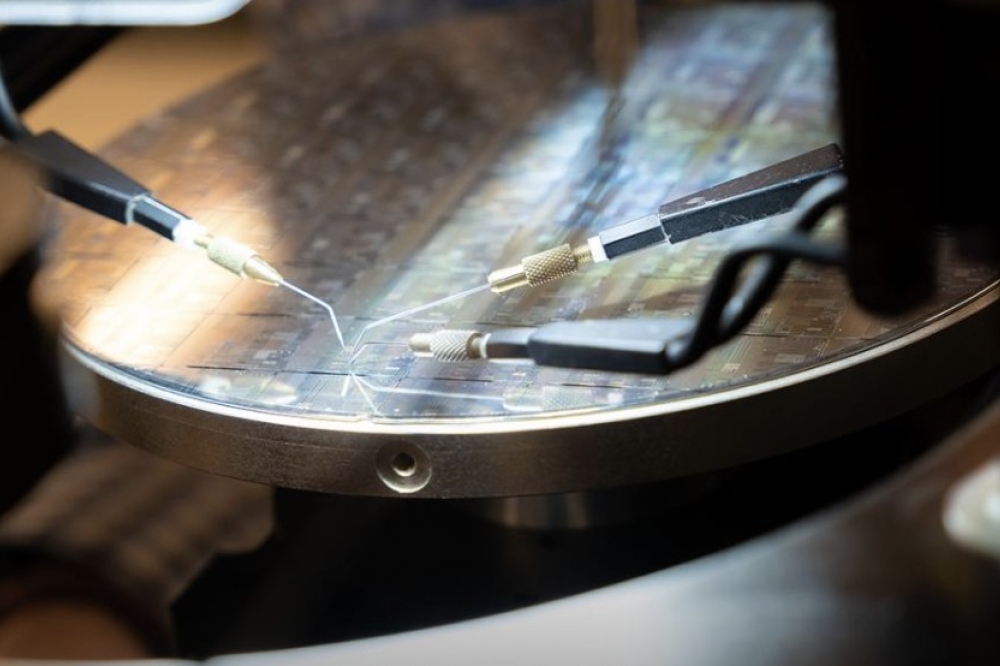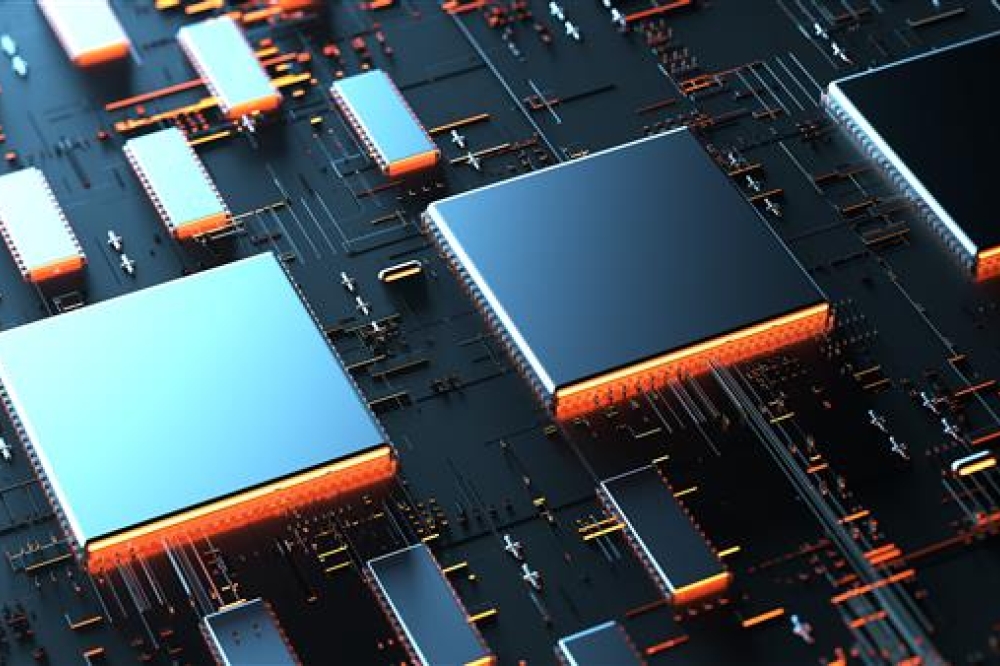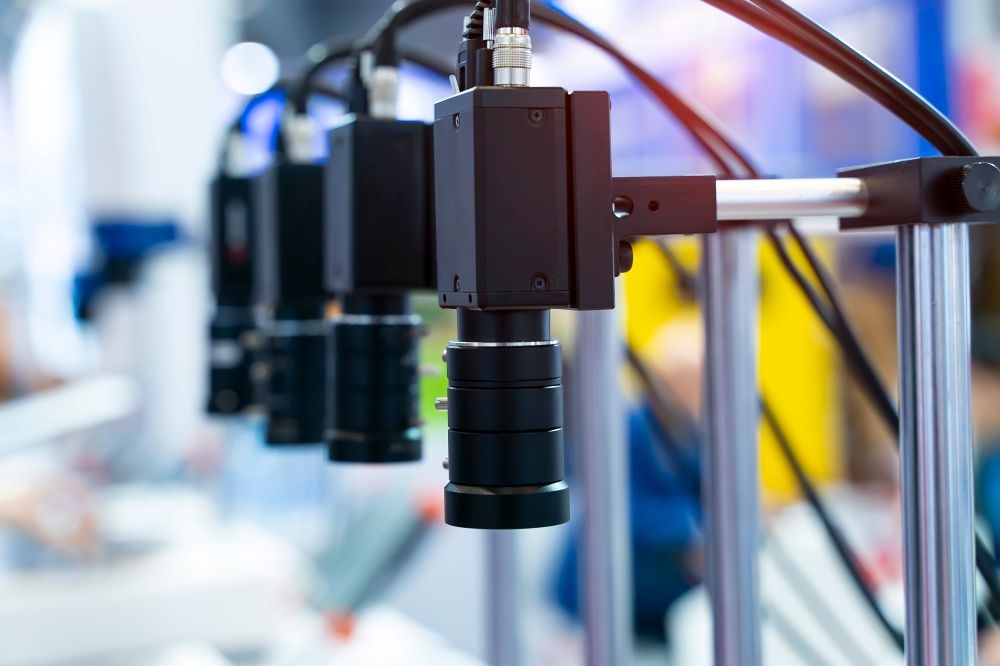CS stocks reflect a general malaise

Gains in share price have been few and far between over the last 12
months, with the majority of players in the CS industry seeing
significant falls in valuation during that timeframe.
BY RICHARD STEVENSON, EDITOR, CS MAGAZINE
Economic gloom is engulfing us all. After decades of steadily improving prosperity, we are heading in reverse. Due in part to rampant inflation, some of those that are in work are skipping meals because they can’t afford to eat. Rocketing energy bills are also having devastating consequences on household budgets, leading some to hardly heat their homes and seek out warm spaces provided by their local communities.
Against this backdrop, which has caused countless consumers to reign in their spending, one would not expect the stock market to have thrived. And it hasn’t, with many well-known equity indexes recording losses over this last year.
Struggling more than most are technology stocks, including those in the compound semiconductor industry. Of the fifteen firms listed on our leaderboard, just two – IPG Photonics and Aixtron – have increased in valuation over the last 12 months. Many of the remainder have succumbed to substantial falls, with some big names taking a substantial hit: Qorvo’s valuation has fallen by roughly 20 percent, Coherent is down by almost 40 percent, and Wolfspeed has plummeted by more than 45 percent.
The two front-runners, IPG and Aixtron, have very little in common. Fractionally out in front is the former, the vertically integrated manufacturer of fibre lasers that footed last year’s leaderboard. With manufacturing facilities in Russia, this provider of powerful light sources has been particular impacted by the war in Ukraine. The conflict has contributed to a valuation that is still less than half of that of two years’ ago. However, at least IPG has steadied the ship over the last 12 months.
Just a whisker behind IPG is last year’s champion, Aixtron, which is enjoying substantial sales of MOCVD tools, thanks to the growth of GaN and SiC power electronics and rising interest in microLEDs.
Over the last 12 months the majority of companies in the compound semiconductor industry have seen a fall in their share price.
Enhanced by e-mobility
For the most recently reported quarter within the 12-month timeframe that’s used for our leaderboard, sales at IPG were down 8 percent, coming in at $333.5 million. However, they did exceed guidance by nearly $16 million.
Offering insight into these figures in a fourth fiscal quarter 2022 earnings call on 14 February this year, IPG’s Director of Investor Relations, Eugene Fedotoff, attributed the unanticipated revenue to additional sales of fibre lasers in the e-mobility, welding and medical sectors.
Fedotoff added that this success, coming against a backdrop of a challenging operating environment and currency headwinds, is due to global investments in e-mobility and renewable energy.
“Our EV sales contributed close to 20 percent of total revenue in 2022, up from around 10 percent a year earlier. We believe that the battery capacity build-out will accelerate in North America and Europe and will continue to increase in China in the next several years to support growing EV sales.”
IPG’s Director of Investor Relations also noted that customers have recently shifted investments to the US to take advantage of government incentives. Thanks to this, IPG has seen higher levels of activity.
The company offers a number of different products based on fibre lasers, suitable for the manufacture of various parts associated with EVs.
“We recently introduced high-wall-plug-efficiency laser drying solutions for use in battery foil manufacturing, the largest CO2 producing process step of battery manufacturing,” remarked Fedotoff. “The solution replaces less efficient infrared bulbs and environmentally unfriendly gas-fired furnaces.”
Another of IPG’s products is LightWELD. Launched in September 2021, this portable fibre laser is now increasing in sales, with production at a higher margin. This product, which can also be used by battery manufacturers, is said to offer advantages in its broad range of capabilities, its ease of use, and the speed of welding – this can be four times faster than that of rival approaches.
“Traditional welding is very limited in types of materials it can join and requires highly skilled welders to do the job,” remarked Fedotoff. “LightWELD addresses many of these challenges, with an ability to join a broad range of materials, including some hard-to-weld metals, such as aluminium alloys, copper, titanium and thin foils.”
Note that welders are in great demand in the US, with a 375,000 deficit, according to the American Welding Society. Fedotoff argued that uptake of LightWELD can help to address this shortage, due to its ease of use and its ‘presets’ for different materials, enabling faster training for unskilled workers that can plug the employment gap.
While there are rivals to LightWELD, IPG argues that it has a leading-edge product. “If you look online, you’ll see there are some handheld welders advertised in China, but they’re pretty large devices,” commenteed IPG CFO Tim Mammen during the February earnings call. “They’ve got different cooling requirements. They’re not really even equivalent to what we’re producing.”
During that call, Fedotoff discussed some of the challenges that IPG has been facing.
“We faced continued soft demand in high power cutting in China, currency headwinds due to a strong US dollar, supply chain disruptions, as well as restrictions on shipments of components from our manufacturing facility in Russia.”
To address the difficulties associated with supply chains while improving gross margins, IPG is now investing in locations with lower costs than Germany and the US. Facilities are being built in Poland and Italy, which should help IPG reach its long-term gross margin target of 45-50 percent. For the last fiscal quarter of 2022, IPG reported a gross margin of just 18.2 percent, but this included $74 million of inventory write-downs and other charges related to Russian operations. “Excluding these inventory-related charges, gross margin was approximately 40 percent,” remarked Mammen.
For the most recent quarter, reported on 2 May – just outside the timeframe of the leaderboard for this year – IPG announced sales of $347 million. Guidance for the next quarter is $325 million to $355 million.
Sales of MOCVD tools for the manufacture of power electronics account
for an increasing proportion of Aixtron’s revenue. Note that: (1) the
optoelectronics and communications sector includes applications in
consumer optoelectronics, solar and telecom/datacom; and (2), Aixtron
sold its silicon ALD/CVD product line in 2017.
Aixtron powers ahead
The German epitaxial equipment maker, Aixtron, reported its results for the first fiscal quarter 2023 on 27 April, the closing day for this year’s leaderboard. Sales totalled €77 million, realised with a gross margin of 40 percent, enabling a profit of €3.5 million.
However, compared with the equivalent quarter of fiscal 2022, revenue fell by €14 million.
Commenting on this decline during the first fiscal quarter 2023 earnings call, held on the day the results were announced, Aixtron CEO Felix Grawert pointed out that sales had been hampered by delayed export licenses, which had pushed MOCVD shipments into the next quarter.
“We are in close exchange with the authorities,” added Grawert, who explained that they have been implementing a request from the government, involving the introduction of an additional layer of protection to ensure that MOCVD tools can only be used for what is described as “targeted end usage”. Aixtron has implemented this additional mechanism in the first quarter of this year, and expects to soon receive the outstanding licences; their delay has led to a shift of €70 million of sales from quarter one to quarter two.
While this situation might appear to be new, it’s actually not, according to Grawert. He claimed that there have been many such cases in the past: “It is a normal procedure within the proceeding of export licenses.”
During the first quarter, tools that will be used to produce power electronic devices accounted for three-quarters of order intake. Historically, there’s been a 60:40 split between sales of epitaxial equipment for SiC and GaN growth, but this difference is narrowing.
“The order momentum for GaN epi tools continues to grow,” remarked Grawert, adding that this sector accounted for more than one-third of orders in the first fiscal quarter of 2023. “The reason for this is that customers are addressing more and more applications with GaN, most recently with fast-growing volumes in the medium-voltage class and also in photovoltaic applications.”
Aixtron continues to bring new tools to market to drive profitability and scale in the manufacture of GaN power devices. One of its customers is already using a new tool, the G10-GaN, which will be widely launched later this year.
According to Grawert, the SiC business also continues to experience strong growth, driven by an ongoing expansion of electromobility. He explained that several of Aixtron’s customers are installing its MOCVD tools in high-volume fabs.
“The new G10-SiC system, which was introduced in Q3 2022, is proving to be very successful,” added Grawert. “It is already apparent today that this silicon carbide device manufacturing tool will clearly become the top-selling product in 2023.”
Aixtron’s tools are also being bought by makers of optoelectronic devices, including lasers used for communication and optical sensing.
On this side of the business, there’s also the microLED sector, which Grawert claims to have strong momentum.
“The mass transfer step remains a hurdle,” remarked Grawert, who pointed out that while this process can be accomplished from a technical standpoint, it needs to be refined so that it can be undertaken at commercial scale. How long it will take to bridge this gap is hard to say, but success might be possible within the next 18 months, suggested Grawert.
To try and help to fulfil orders as quickly as possible, Aixtron has been increasing its inventory. This climbed in the three months to the end of this March from €224 million to €295 million.
“We are very consciously managing our inventories to enable us to offer acceptable delivery times to our customers,” remarked Aixtron CFO Christian Danninger during the recent earnings call. “Our ability to ship is highly appreciated by our customers and has repeatedly enabled us to win against competitors.” Today, the lead time for Aixtron’s tools is 8-12 months.
Outlook for the German MOCVD maker is very positive. Orders for 2023 are expected to total between €600 million and €680 million, and sales range from €580 million to €640 million. Gross margin is forecast to be around 45 percent, and earnings before interest and taxes to be between 25 percent and 27 percent.
Riber’s rising revenue
Third on this year’s leaderboard is the French maker of MBE tools Riber, which has seen a slight fall in its valuation over the last twelve months.
Results for full year 2022, reported on 14 April, are not that impressive, with revenue of €27.8 million, down from €31.2 million for the previous year. But the outlook is very positive, with sales forecast to hit around €40 million this year.
Sales for 2022 were dented by defered delivery of two research systems, caused by supply chain disruption that impacted electronic components. These systems will be delivered this year.
For the last financial year, Riber reported a gross margin of just over 35 percent, and break-even operating income. A non-current charge of €1.3 million impacted operating income, associated with the discontinuation of the OLED evaporator product line, which led to a depreciation of inventories.
During 2022, Riber’s order intake increased significantly, with bookings for 14 systems, plus accessories and services. This will contribute to a 40 percent hike in sales to around €40 million for 2023, expected to be realised alongside a substantial increase in profitability.
According to Gartner, Aixtron’s domination of the MOCVD equipment market is increasing.
Rubicon in the rubble?
Footing this year’s table is the sapphire producer Rubicon. It is no longer providing quarterly earnings figures, and its future is surely in question. Last July the company’s share price leapt from $9 to $15, due to a potential acquisition from Janel. According to the class action firm Monterverde and Associates PC, this tender would see shareholders of Rubicon receive $20 in cash per share. In August the company declared a share special dividend of $11 per share. This led to a revised share price of just over $3. Since then this has steadily fallen, to now trade just below $1.50.
In mid-October 2022, NASDAQ informed Rubicon that it no longer complied with a number of independent director requirements, and in December the sapphire maker announced that it would voluntarily de-list from that stock exchange. This year the company has made no public announcements.
While the other companies on the leaderboard are not in the dire straits of Rubicon, the last few years have not been easy for many of them. After getting through difficulties wrought by Covid, many would have hoped for better times ahead. But supply chain constraints, a war in Ukraine and soaring costs have hampered efforts to excel.
Fortunately, there are sign that inflation will fall, while spot prices for gas suggest energy prices should head back towards historical values, helping chipmakers to improve margins and revenue. After two years with falling values dominating the leaderboard, let’s hope for some more positive figures in 2024.
IPG’s LightWELD is enjoying growing sales, spurred by the growth of the manufacture of batteries for electric vehicles.

























